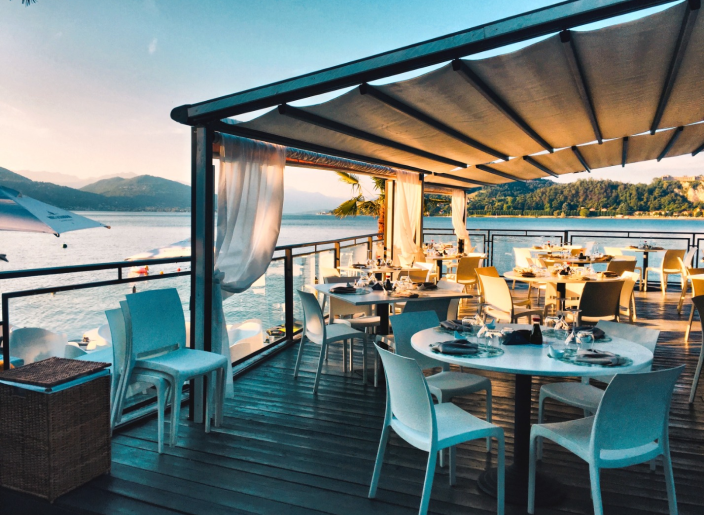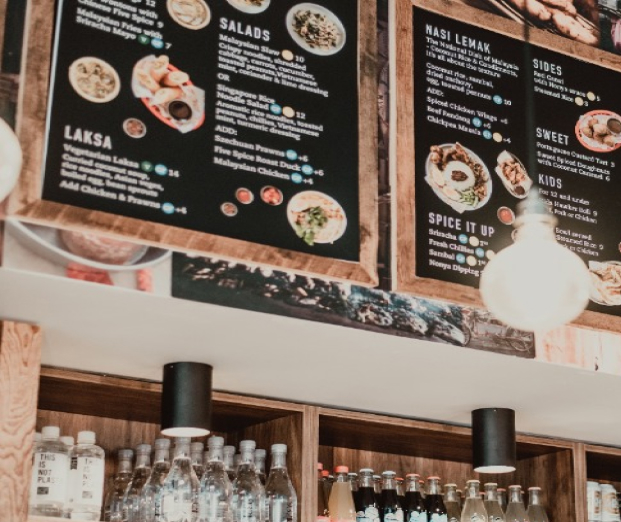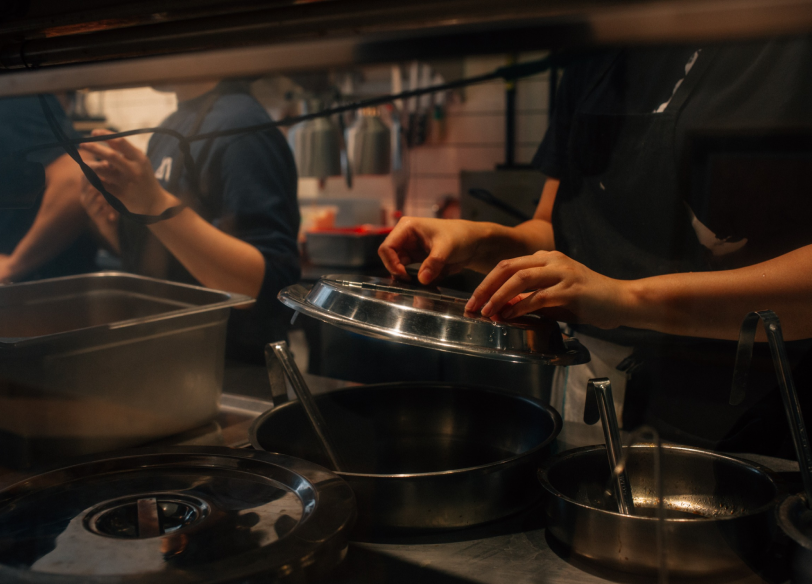
Case Study #1 – Taking with one hand, and giving it back with the other.
SITUATION: Company A had COGS of 33% and revenues of approximate $70 million. Although, 33% is within normal range of most restaurant concepts, the company had no way to benchmark whether this was a reasonable cost for them.
SOLUTION: A purchasing system was implemented, with an active tie-in to the point of sale system, so that real time product mix could be used to calculate theoretical costs. The theoretical food costs came in around 27%, thereby causing a re-examination of purchasing, storage and usage. The result was a drop in COGS below 29% and a savings of over $2.5MM annually.

Case Study #2 – Crossing the pond.
SITUATION: Company B was expanding into the U.S. market with a high volume, fine dining concept. Revenues were expected to increase rapidly with each new location, and reach over $100 million by the end of year 2 upon the opening of all locations slated for the U.S. market. But there was lacking the financial infrastructure to ensure that the growth would be disciplined and well managed.
SOLUTION: The following steps were implemented to help set up a functioning financial infrastructure. Creation of financial policies and procedures suitable for the U.S. market. Creation of financial reporting to enable active management of operations across the U.S. Hiring and training of finance personnel across the U.S. to implement financial controls and policies The result was a structured expansion of the concept, enabling the company to reach $150 million in revenues within two years.

Case Study #3 – Belaboring labor costs.
SITUATION: Company C, a multi concept company with concepts ranging from ultra-fine dining to fast casual, and revenue near $50 million, had company-wide labor costs hovering near 40%. The high labor costs were challenging the company’s business model and had to be brought under check. Since every extra labor dollar spent, is a dollar wasted (unlike cost of goods purchased, which can to some degree be recouped), there was need for immediate action.
SOLUTION: A labor efficiency metric (Sales Per Labor Hour) was established and benchmarked vs prior year figures for the same metric. The restaurant operators were provided progressively more challenging targets, which were met across the board resulting in over $1 million in savings over the course of 7 months (vs prior year figures).

Case Study #4 – Bumping against the ceiling.
SITUATION: Well established restaurant with stable revenue seemed to have hit a ceiling with regards to profitability.
SOLUTION: A menu analysis was performed, and menu items categorized as Stars/Puzzles/Plough Horses/Dogs.Then prices were adjusted (either increased or decreased) on menu items and placement on the menu was changed if necessary (or certain items were removed entirely from the menu).The ensuing year was the most profitable in the restaurant’s history.

Case Study #5: Unappetizing business model.
SITUATION: Fine dining concept with a Chef’s tasting menu was not generating revenue sufficient to support the costs of the business.
SOLUTION: An analysis was performed, and it was determined that due to the style of service, and limited number of seats, it was not possible for the dining room to generate more revenue. However, the bar area was spacious, but had a really limited menu, and was not busy at all. A more extensive, yet approachable, menu was introduced in the bar. With only a minimal increase in labor costs, revenues soared 60%-70%,

Case Study #6: Overseas hopscotch
SITUATION: Company F is one of the largest franchisors in the world. Its overseas expansion is haphazard and opportunistic (based on incoming inquiries and not proactive), resulting in expansion that is spread out and not maximizing the company’s use of resources.
SOLUTION: Overseas markets are rated by region and then country on several criteria (i.e. presence of Western brands, per capita income, proximity to other high potential markets, projected growth), to set up a plan for efficient growth, and enabling the company to utilize its resources in an effective manner.

